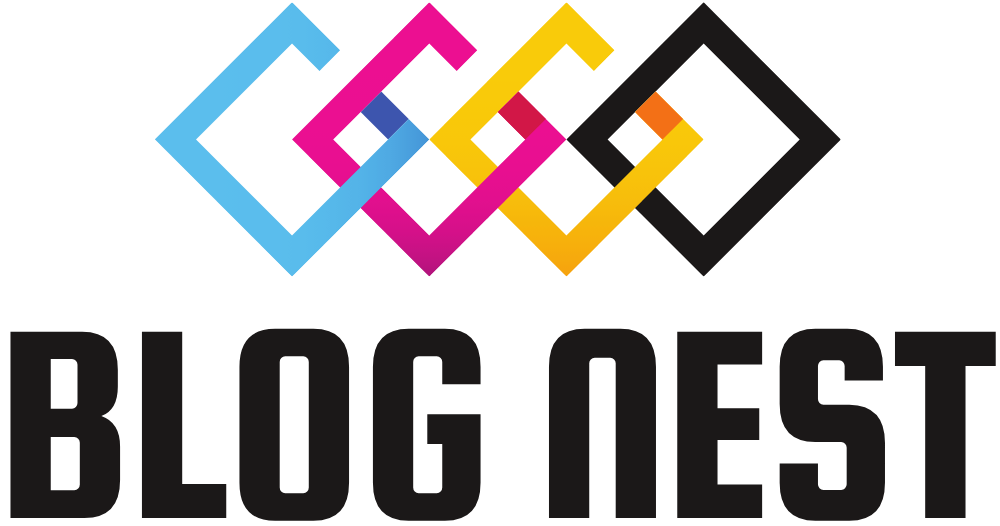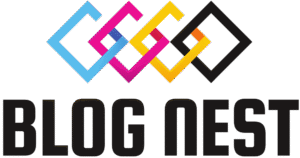In an era where data has become the new oil, control over digital tools and infrastructure is more strategic than ever. Nations, organizations, and communities are realizing that relying on proprietary systems can compromise their autonomy, security, and freedom. In this context, open source solutions have emerged as powerful levers of digital sovereignty. They enable transparency, reduce dependency on foreign vendors, and empower local innovation.
This blog explores why open source is not just a technical choice—but a political, economic, and cultural necessity. Across government, defense, education, and business, it’s becoming clear: if you want control over your digital destiny, open must be the foundation.
What Is Digital Sovereignty?
Defining the Concept
Digital sovereignty refers to the ability of a nation, organization, or individual to control their own data, infrastructure, and technological destiny. It means having authority over how data is stored, how software is developed, and who has access to critical systems. Losing control means outsourcing not only management but also trust and security.
This concept goes beyond data laws or local servers. It encompasses the entire digital stack—from hardware and operating systems to applications and cloud services.
Why Proprietary Systems Erode Sovereignty
Hidden Dependencies and Backdoors
Relying on closed-source tools often means trusting that secret software is secure and unbiased. Yet, history has shown us otherwise. From allegations of backdoors in networking equipment to undocumented spyware in commercial apps, proprietary doesn’t equal trustworthy.
These risks become geopolitical when a nation’s critical infrastructure or elections run on systems controlled by foreign vendors. That’s why the rise of open source solutions is so welcome—they remove the black box and put transparency front and center.
Vendor Lock-In and Governance
When digital systems rely on proprietary platforms, switching becomes costly—often requiring retraining, migration, and heavy contracts. For governments or businesses, this lock-in limits strategic flexibility and gives disproportionate influence to vendors.
Instead, open source allows sovereign entities to fork, audit, and manage code independently. This freedom dramatically improves resilience and local control.
How Open Source Supports Digital Sovereignty
Full Visibility and Auditability
When software is open source, every line of code is visible. This visibility enables national security agencies, developers, and independent auditors to inspect systems for vulnerabilities or unwanted features. It builds trust from the ground up.
Importantly, this transparency empowers local experts to understand, maintain, and customize systems in ways that fit their values—whether legal, ethical, or cultural.
Local Control and Customization
Open source solutions allow countries to adapt software to local languages, regulations, and cultural norms. Whether it’s healthcare systems, identity platforms, or educational tools, communities can tailor technology to serve their people—not foreign bureaucracies.
Plus, maintaining local versions helps eliminate supply chain concerns and reduces the risk of foreign-imposed discontinuations or price hikes.
Sectors Where Open Source Drives Sovereignty
Government and Public Services
Many governments now use open source platforms for e-government, tax systems, census data, and public health initiatives. Because the code is public, citizens can trust that services aren’t collecting hidden data or making unilateral changes.
National Security and Defense
Open tools empower military and intelligence services to build on solid, inspectable foundations. Projects like SELinux—which originated from open source principles—demonstrate how defense-grade security can still be transparent and verifiable.
Economic Independence Through Open Tech
Supporting Local Innovation
Open source solutions catalyze domestic tech ecosystems. Startups, SMEs, and research institutions can build on shared platforms instead of paying to license foreign technology. This creates fertile ground for innovation, job growth, and exportable tech services.
Budget Efficiency
Removing licensing fees frees up budgets for investment in training, infrastructure, and local development. When nations invest in open source, they’re not just saving money—they’re building durable, home-grown capabilities.
Challenges and the Path Forward
Building Skilled Communities
To fully leverage open source, countries must invest in IT education, training, and community building. This means supporting universities, tech hubs, and open source foundations.
Governance and Support Models
Enterprise-grade reliability matters. Governments should foster sustainable models that include commercial support, maintenance plans, and shared governance—ensuring open systems are robust and up-to-date.
Global Digital Sovereignty Is Within Reach
Open source solutions offer a viable path to reclaiming digital control—without sacrificing innovation or scale. By adopting transparency-first tools, nations and organizations can protect their autonomy, protect their citizens, and steer their digital futures.
In the end, digital sovereignty isn’t just about code—it’s about power, ethics, and trust. Open source gives that power back to the people.







